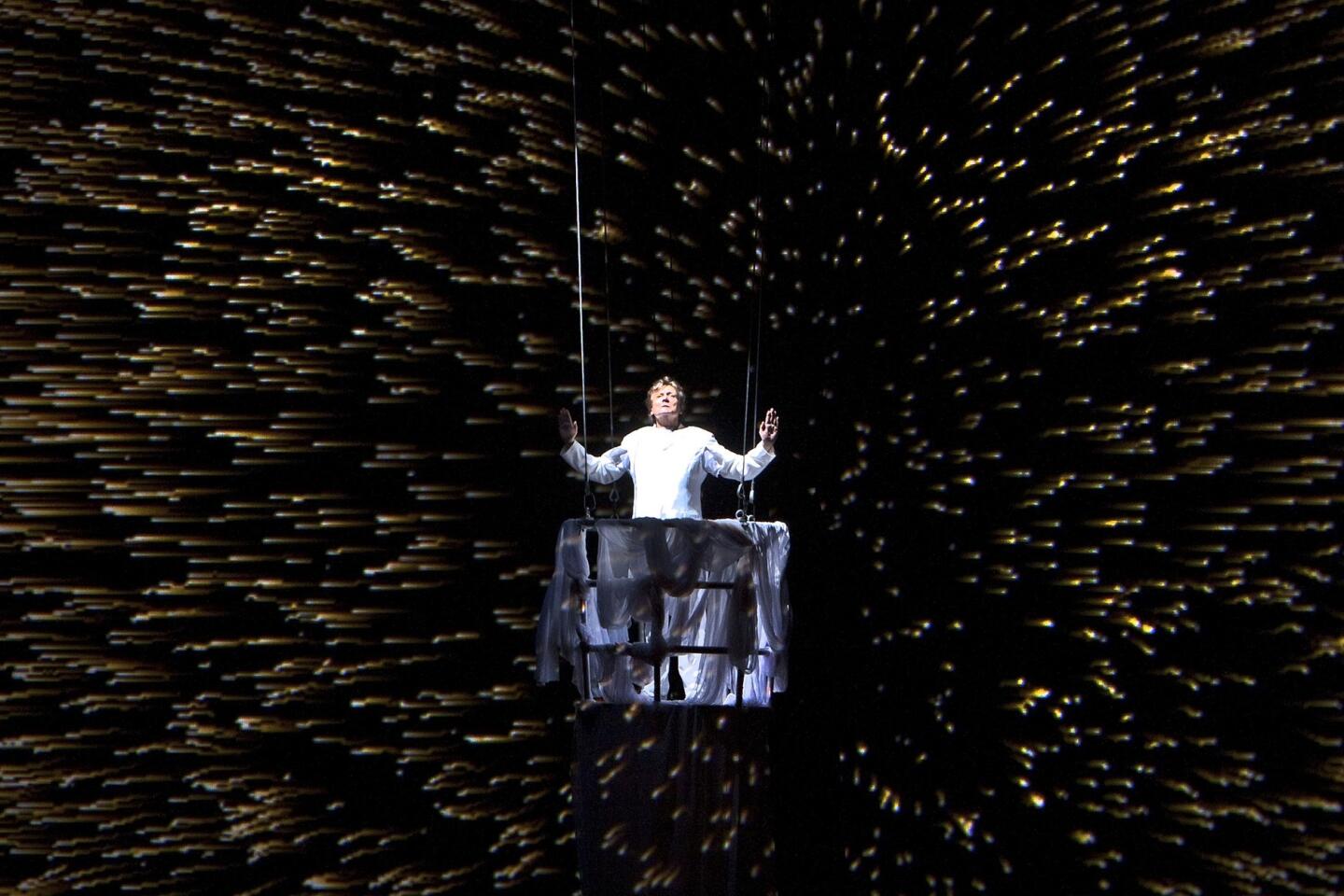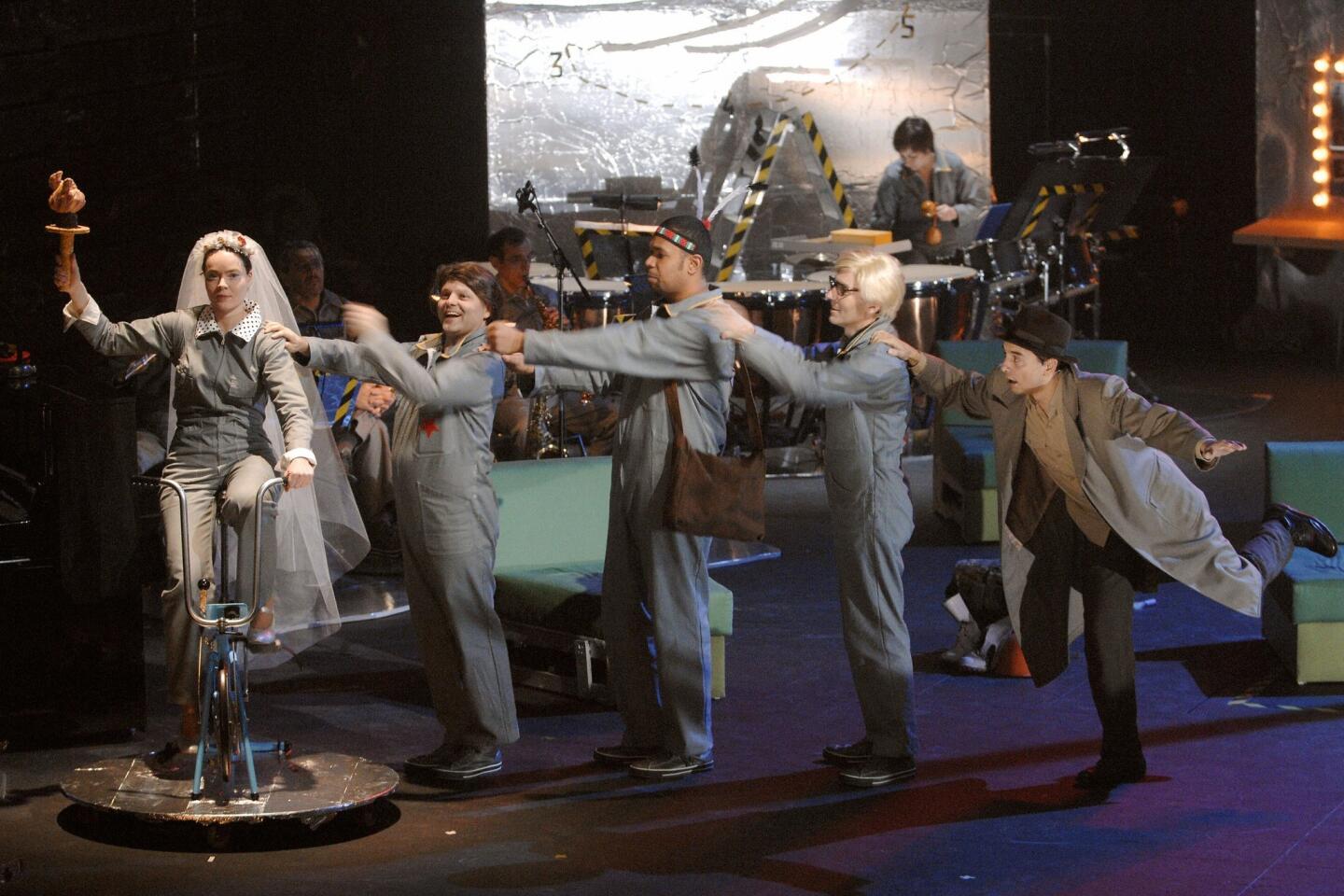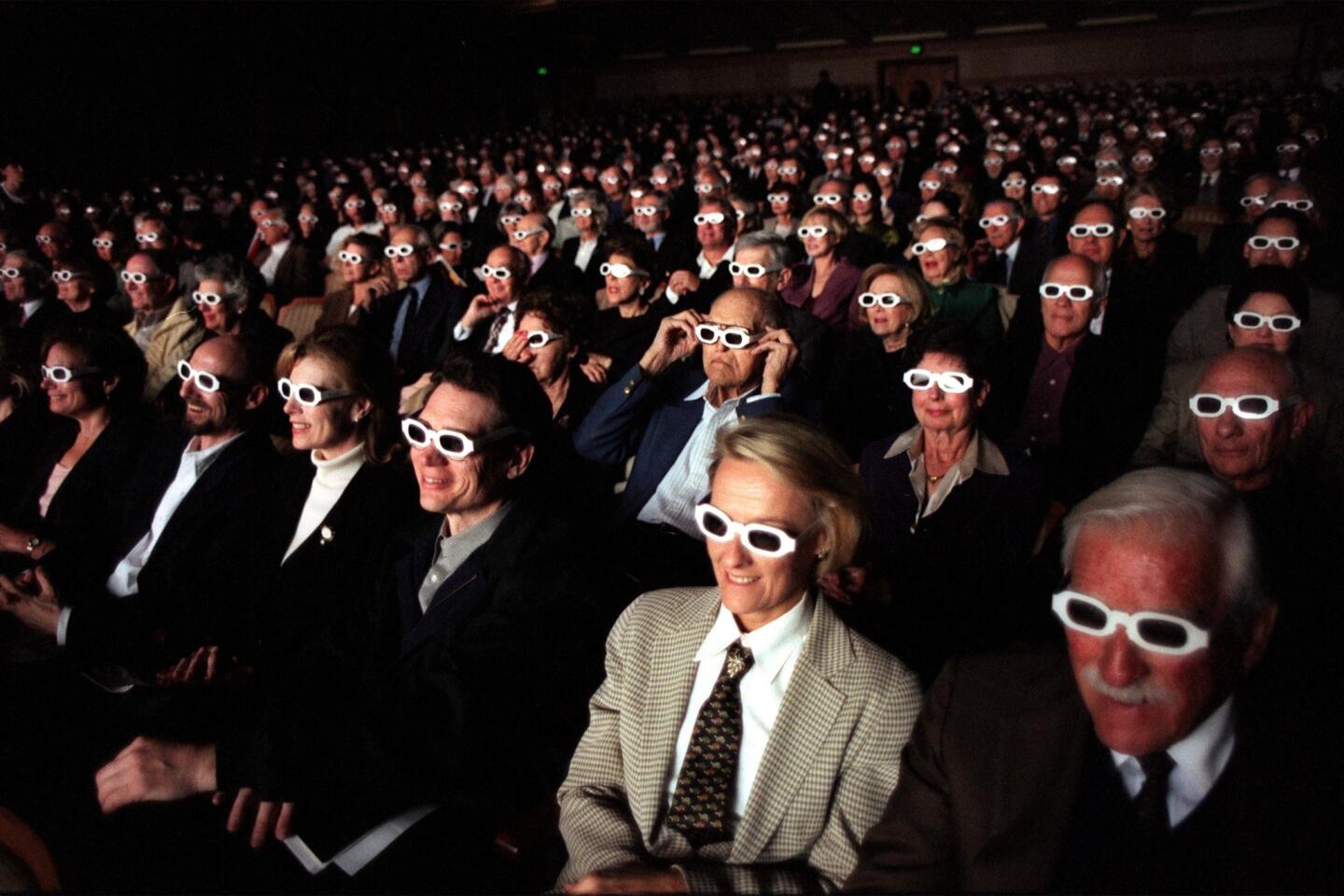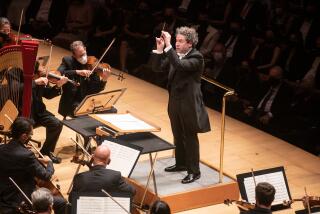Frühbeck brings Haydn to new heights with the L.A. Phil
“Papa” Haydn is often called, rightfully and wrongly, the father of the symphony. The Los Angeles Philharmonic demonstrated the rightful part Thursday night with clear, crisp, clever and ever-delightful performances of Haydn’s first and 100th efforts at the genre he didn’t invent but unquestionably made feasible.
The actual origins of the symphony are hard to pin down.
A new recording by the Academy of Ancient Music in London titled “Birth of the Symphony” finds the roots of the modern symphony in the Death March from Handel’s oratorio “Saul” — written in 1738, two decades before Haydn’s First — and moseys through forgotten scores by Franz Xaver Richter and Johann Stamitz before arriving at Haydn. Haydn’s First, moreover, may or may not actually be his first (or his 100th precisely his 100th); chronology and numbering are rarely consistent with composers of this era.
But what matters was that Rafael Frühbeck de Burgos is this week’s guest L.A. Phil conductor at Walt Disney Concert Hall. Known as a brilliant colorist in 20th century scores, the revered 80-year-old Spanish maestro is not a specialist in the Classical period. But it turns out his gracious élan and attention to meticulous detail makes him a great Haydn conductor.
The interest in Haydn’s First Symphony is in its DNA, the little hints of invention and wit that would blossom into a remarkable and unexcelled output of sustained symphonic excellence, with 104 works and maybe a couple more that got away.
The First, in three brief, two-part movements, lasted only 11 minutes, including repeats of most sections. Written for a small group of strings and pairs of oboes and horns, the symphony represents a young composer off and running, bounding up the scale as often as he can.
Over the next 40 years, Haydn evolved the four-movement symphonic template still useful today without ever losing his boyish buoyancy. Symphony No. 100, known as the “Military,” has many tricks, the most notable being an unanticipated battery of percussion mucking up 18th century elegance.
John Magnum’s program note quotes a vividly descriptive newspaper review of the symphony’s premiere in London, in which the slow movement is described as an advancing battle leading to a climax of “horrid sublimity.” Could “Papa” Haydn also be the father of modern music criticism as well?
Haydn’s razzle dazzle was second nature to Frühbeck, but his “Military” did more than sparkle. It looked into every corner of instrumental and contrapuntal wonderment. It was funny. It was also exquisitely phrased and played.
Then came the potboiler. I had thought to ask the L.A. Phil just how many times the orchestra had played “Scheherazade.” But surely the press department has better things to do than count through hundreds of the orchestra’s performances of Rimsky-Korsakov’s score, since its first time in 1921. What’s more, Frühbeck made all those hundreds that came before not seem to matter, so radiantly fresh was this one.
It is easy to dismiss “Scheherazade” as orchestral kitsch. But by drawing out the most vivid instrumental colors imaginable, Frühbeck revealed Rimsky as the revolutionary he really was, at least in its use of the orchestra.
CRITICS’ PICKS: What to watch, where to go, what to eat
There may be much repetition in the score as well as what now seem hackneyed attempts at symphonic story telling, but these weren’t hackneyed devices in 1888, before Hollywood got a hold of them. Nor did Frühbeck bother with attempting to create a misty atmosphere. Instead, he scrubbed the score clean, like a restorer removing grime from an old oil painting.
The L.A. Phil responded in fabulous form. Concertmaster Martin Chalifour conveyed the rapturous intensity of the many violin solos. The winds were wonderful. In the folk-song inspired second movement describing the Kalendar Prince, which begins with a bassoon solo, each wind principal riffed on the themes with the original expressivity of consummate jazz players grabbing the limelight. The brass brought chills down the spine.
“Scheherazade” is not exactly a symphony, but it is an example of what Haydn had wrought. And Frühbeck makes that a cause for great celebration.
More to Read
The biggest entertainment stories
Get our big stories about Hollywood, film, television, music, arts, culture and more right in your inbox as soon as they publish.
You may occasionally receive promotional content from the Los Angeles Times.










